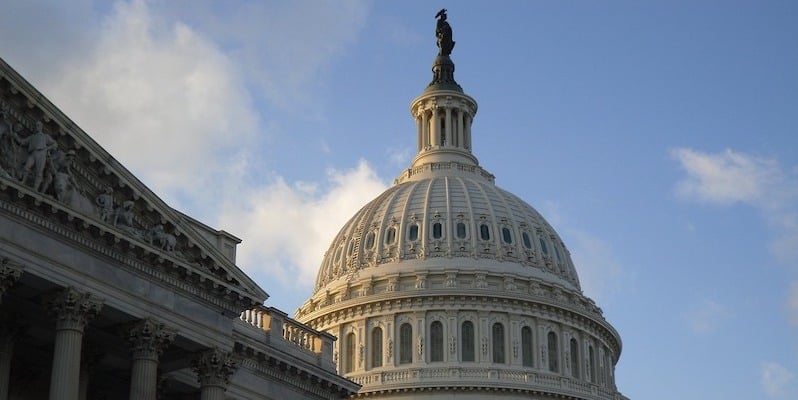New Jersey made headlines recently for its proposal to implement “baby bonds,” in which newborns receive seed capital from the state government. When they become adults, they can leverage these bonds—which will have appreciated in value—to invest in higher education, among other possible assets.
While bold ideas like baby bonds could reduce racial wealth gaps according to some proposals, the extent to which they would equitably increase access to higher education is an open question. After all, if more young adults have more money to spend on college, what’s to keep schools from raising tuition to capture some of that windfall? Even if this scenario doesn’t play out, and tuition doesn’t increase the way it always has, subsidizing access to a broken system doesn’t fix the system.
In order for the higher education system to capture the potential benefits of programs such as baby bonds—or any other major subsidy—accountability and funding for America’s postsecondary system will need to move away from input-laden definitions of quality and be anchored to a robust set of learner outcomes.
How input-based regulation stymies progress
The traditional higher education business model both responds to and perpetuates a system that often conflates quality and mimicry.
The pay-for-enrollment federal funding regime allows learners to enroll in programs regardless of how well or poorly those programs prepare them to graduate and pay down their student debt. Of the 10 criteria that the law requires accreditors to assess, only one pertains to outcomes. In other words, as long as the college or university looks a certain way, it can pull in Title IV dollars.
However, the accrediting bodies deciding on that “look” do so through a peer-review process, and the reasoning for that look doesn’t account for the dramatically more diverse pool of learners flooding the postsecondary space today. As a result, the traditional higher education system has contributed to growing equity gaps, and its accountability and funding systems discourage major, necessary changes to the model.
Outcomes-based accreditation and federal funding, in the meantime, have the potential to better align an institution’s incentives with that of its learners, so that they aren’t taking on unreasonable levels of risk in their higher education journey. Institutions will better serve the public interest if there are consequences for not adequately supporting college-goers through to graduation—the graduation rate for learners in the lowest family income quartile is 11%—and equipping them with tools to break into the workforce.
With a clear picture of outcomes at the institutional and program level, the federal government can facilitate access to and help scale the best learning experiences, traditional or not, while directing resources and learners away from dysfunctional options.
A more holistic approach to outcomes
The Department of Education (ED) has taken important strides in recent years to improve outcomes reporting, including counting more than just first-time, full-time students when calculating graduation rates, and beefing up the College Scorecard tool to include median earnings post-graduation at the institutional level and in some cases at the program level. Basing accountability and funding decisions on these criteria would already spark more learner-focused innovations system-wide.
But ED would further serve learners by incorporating more holistic approaches to measuring higher education outcomes. One example is the Education Quality Outcomes Standard framework, which requires institutions to report not just on completion and earnings, but also on student satisfaction, job placement, and externally-validated learning outcomes. Another is CIRR, which is setting the bar for consistent, transparent outcomes reporting in the coding bootcamp space. Participating programs publicly report on the full distribution of jobs and salaries of their graduates, with third-party auditors verifying the data.
Researchers are also increasingly drawing attention to the critical role relationships play in educational and professional success. Focusing on skill development will help cross some of the inequity chasm, but the opportunity gap will remain unless institutions begin measuring and reporting on student networks and how they’re helping learners cultivate those networks.
Incentivizing institutions to report and improve on outcomes—and a more robust set of outcomes at that—can focus innovation efforts on socioeconomic mobility and equity rather than prestige and exclusivity.
No more time to waste
The combination of a global health crisis and the cresting wave of racial tensions have policymakers thinking big. Whether the proposals are to focus on expanding the scope of federally-funded higher education or to implement progressive moonshots such as federal jobs guarantees or baby bonds, they all require better outcomes reporting, and actually basing accountability and funding on those outcomes.
This would have been tremendously helpful when Congress directed COVID-19 stimulus funding toward the higher education sector. By the time those New Jersey newborns are making high-impact higher education decisions with their baby bonds, let’s make sure they have a better, more outcomes-driven system in which to invest.



